Adding soundproofing to a house?
gabbythecat
9 years ago
Related Stories
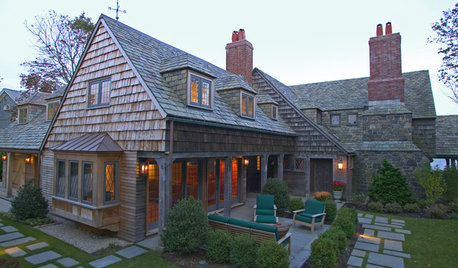
REMODELING GUIDESAdding On: 10 Ways to Expand Your House Out and Up
A new addition can connect you to the yard, raise the roof, bring in light or make a statement. Which style is for you?
Full Story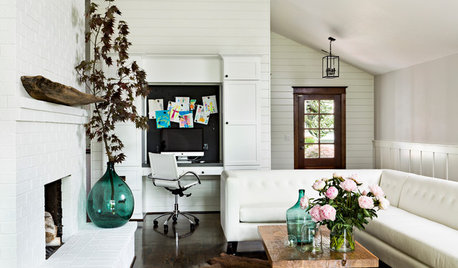
COLORYou Said It: ‘Adding Color Is About So Much More Than Shock’ and More
Highlights from the week include color advice, Houzzers helping Houzzers and architecture students building community housing
Full Story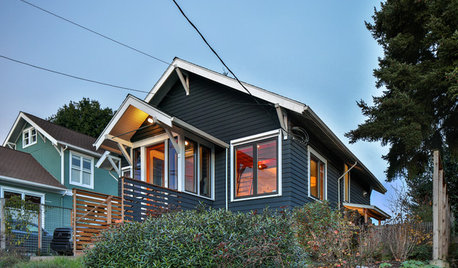
MODERN HOMESHouzz TV: Seattle Family Almost Doubles Its Space Without Adding On
See how 2 work-from-home architects design and build an adaptable space for their family and business
Full Story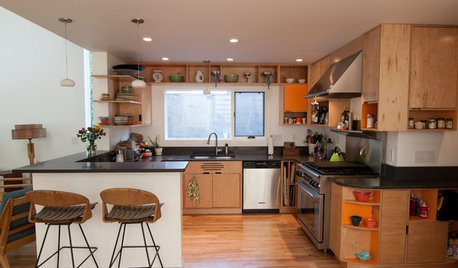
HOUZZ TOURSMy Houzz: Added Space and Style for a 1960s Split Level
With a new second story and downstairs suite, custom touches and midcentury pieces, this Portland family home suits 3 generations
Full Story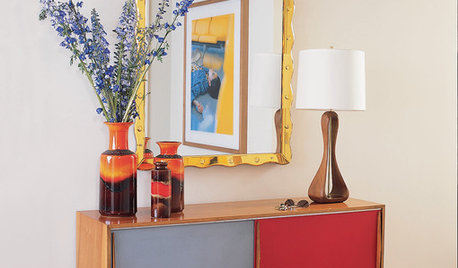
COLORAdding Color to Your Blank Canvas
Painting Not an Option? Here's How to Personalize Your Space Anyway
Full Story
MOST POPULARWhat to Know About Adding a Deck
Want to increase your living space outside? Learn the requirements, costs and other considerations for building a deck
Full Story
GREAT HOME PROJECTSWhat to Know About Adding a Reclaimed-Wood Wall
Here’s advice on where to put it, how to find and select wood, what it might cost and how to get it done
Full Story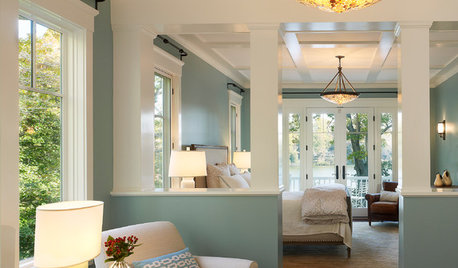
MOST POPULARThe 25 Most Popular Photos Added to Houzz in 2013
See the newly uploaded images of kitchens, bathrooms, bedrooms and more that Houzz users really fell for this year
Full Story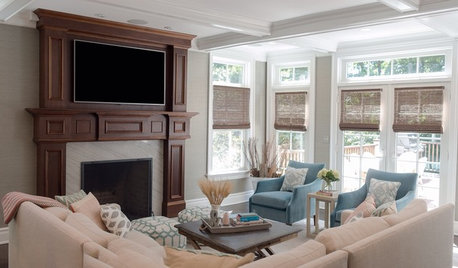
DECORATING GUIDESRoom of the Day: Adding Comfort and Style to a New Jersey Family Room
Layers of natural textures and pops of color help create a welcoming and cozy space for a couple and their baby
Full StorySponsored
Most Skilled Home Improvement Specialists in Franklin County
More Discussions






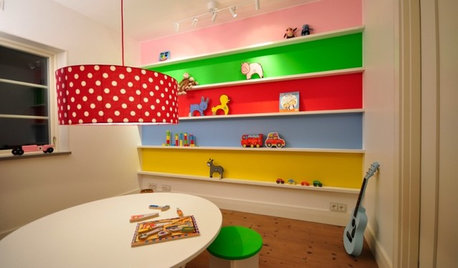


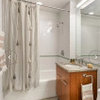
cold_weather_is_evil
worthy
Related Professionals
Ken Caryl Architects & Building Designers · Makakilo City Architects & Building Designers · North Chicago Architects & Building Designers · Beavercreek Home Builders · Lansing Home Builders · Montebello Home Builders · Spanish Springs Home Builders · Decatur General Contractors · ‘Ewa Beach General Contractors · Green Bay General Contractors · Markham General Contractors · Martinsville General Contractors · Montclair General Contractors · Mountain View General Contractors · Union Hill-Novelty Hill General ContractorsIowacommute
renovator8
Annie Deighnaugh
energy_rater_la
dekeoboe